Representatives of the Ho Thanh Hoa clan presented a memorial on the 602nd anniversary of the death of Emperor Ho Quy Ly and reviewed the historical traditions and great contributions of Ho Quy Ly more than 600 years ago.
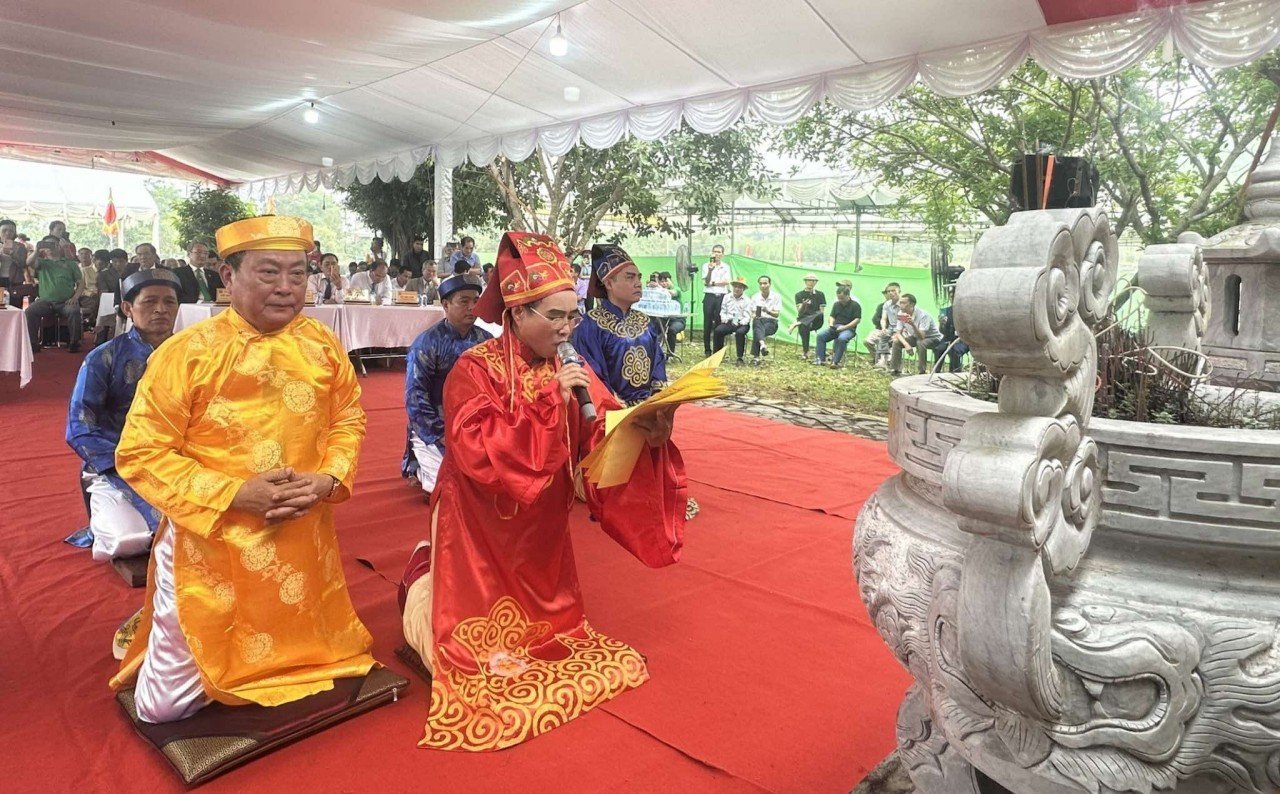 |
| Ceremony of presenting congratulatory messages at the 602nd death anniversary of Emperor Thanh Nguyen - Ho Quy Ly. (Source: VNA) |
On the morning of March 24, at the Nam Giao Altar of the Ho Dynasty (Vinh Loc District, Thanh Hoa Province), the Ho Family Council of Thanh Hoa and the Ho Dynasty Citadel Heritage Conservation Center jointly organized the 602nd death anniversary of Emperor Thanh Nguyen - Ho Quy Ly and the 622nd anniversary of the Ho Dynasty establishing the Nam Giao Altar (1402-2024).
In a solemn and sacred atmosphere, descendants of the Ho family across the country, people and tourists offered incense and gifts to King Ho and their ancestors. Representatives of the Ho family in Thanh Hoa presented a memorial commemorating the 602nd anniversary of the death of Emperor Ho Quy Ly and reviewed the historical tradition and great contributions of Ho Quy Ly more than 600 years ago.
Speaking at the ceremony, Mr. Ho Thanh Hai - Chairman of the Ho Thanh Hoa Clan Association affirmed: The incense offering ceremony to commemorate the 602nd anniversary of the death of Emperor Ho Quy Ly and the 622nd anniversary of the Ho Dynasty establishing the Nam Giao Altar is part of the work of preserving heritage values and honoring the cultural heritage of the Ho Dynasty Citadel. The activity contributes to reviving the beauty of traditional Vietnamese culture, at the same time contributing to educating the tradition of patriotism, national pride, enhancing the spirit of solidarity, contributing to building the homeland and country...
At the ceremony, actors from Thanh Hoa Traditional Arts Theater performed an art program recreating the life, career and contributions of Ho Quy Ly to his homeland and country.
At the end of the 14th century, Dai Viet fell into a serious crisis. The country's economy declined, famine occurred continuously, society was in turmoil, and the people suffered. In addition, foreign invaders repeatedly threatened to invade and usurp Dai Viet, putting the country in the midst of war. In that historical context, Ho Quy Ly from Dai Lai, Vinh Loc (now Ha Dong commune, Ha Trung district, Thanh Hoa province) appeared as a character who was given the mission of "steering the country" by history.
Ho Quy Ly entered the mandarinate at the age of 35, during the reign of King Tran Nghe Tong. After that, he held many positions. In 1395, he assumed the position of regent Grand Tutor. In the spring of Canh Thin year (1400), Ho Quy Ly ascended the throne, changed the name of Dai Viet to Dai Ngu (meaning good and prosperous), took the reign name Thanh Nguyen and built the imperial capital on Tay Do land (Vinh Loc district, Thanh Hoa province today).
During his 2 years as emperor and 7 years as retired emperor, Ho Quy Ly carried out a series of political, economic, and military reforms, some of which are still valid today. However, in 1407, the Ming invasion caused Ho Quy Ly's reform career to be interrupted.
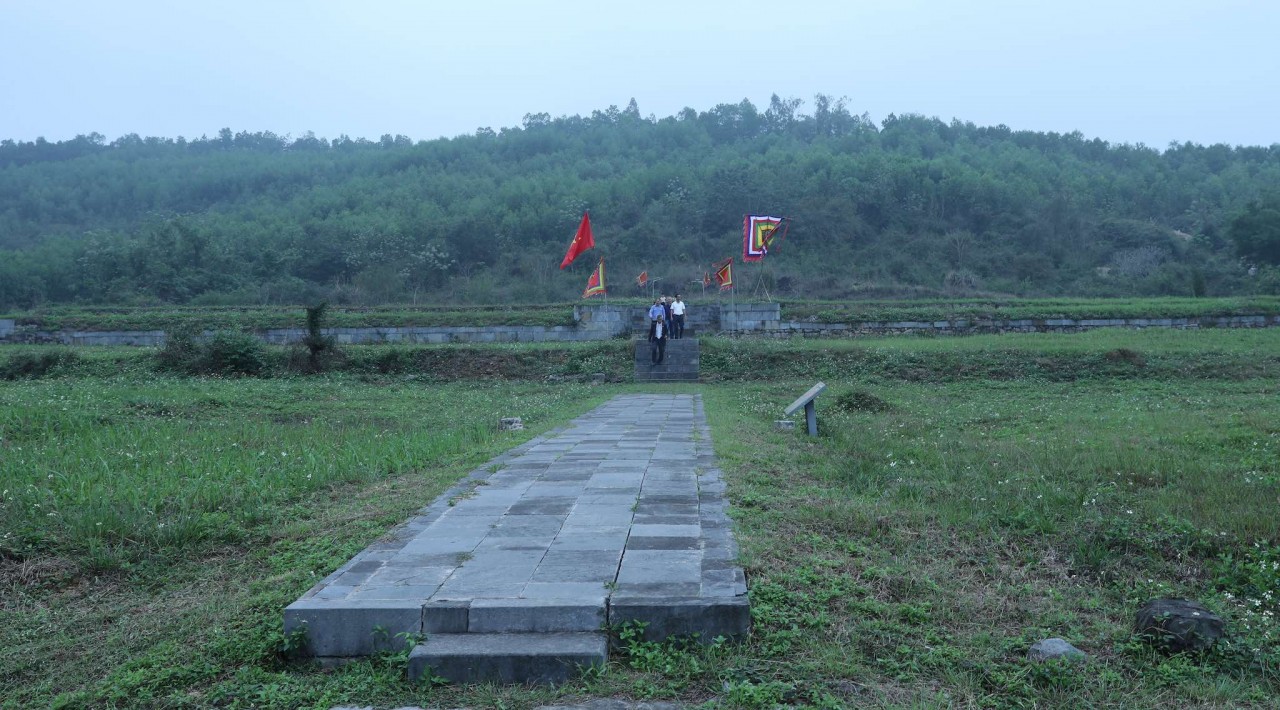 |
| The Ho Dynasty's Nam Giao Altar is still one of three altars that still retains a relatively intact surface, the oldest in the history of Vietnam's Nam Giao Altar. (Source: VNA) |
Two of the many marks that Ho Quy Ly and the Ho Dynasty left for posterity are the unique stone architecture of the Ho Dynasty Citadel - now a World Cultural Heritage Site - and the Nam Giao Altar - where every year the king performed a ceremony to pray for national peace and prosperity.
The Nam Giao Altar is considered to be the oldest altar in our country. After more than 622 years since the Ho Dynasty established the Nam Giao Altar (1402-2024), with the ups and downs of history, this work is still one of the three altars that still retain a relatively intact surface, the oldest in the history of the Nam Giao Altar in our country.
(according to VNA)
Source



![[Photo] Unique folk games at Chuong Village Festival](https://vstatic.vietnam.vn/vietnam/resource/IMAGE/2025/4/10/cff805a06fdd443b9474c017f98075a4)

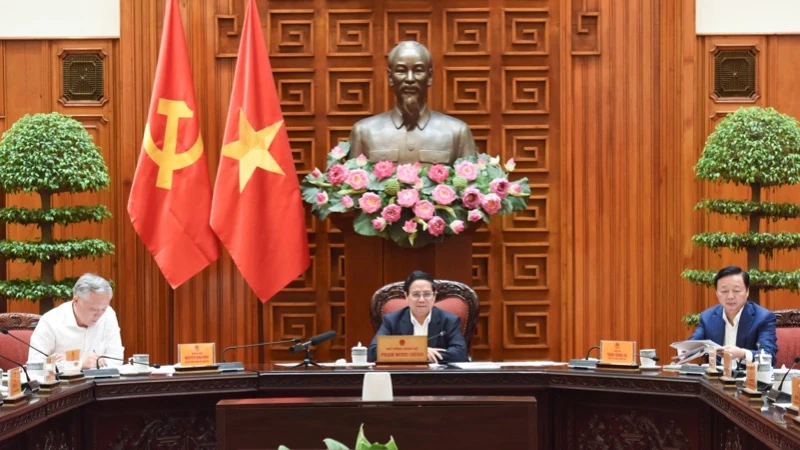
![[Photo] Prime Minister Pham Minh Chinh chairs meeting to discuss tax solutions for Vietnam's import and export goods](https://vstatic.vietnam.vn/vietnam/resource/IMAGE/2025/4/10/19b9ed81ca2940b79fb8a0b9ccef539a)
![[Photo] Phuc Tho mulberry season – Sweet fruit from green agriculture](https://vstatic.vietnam.vn/vietnam/resource/IMAGE/2025/4/10/1710a51d63c84a5a92de1b9b4caaf3e5)
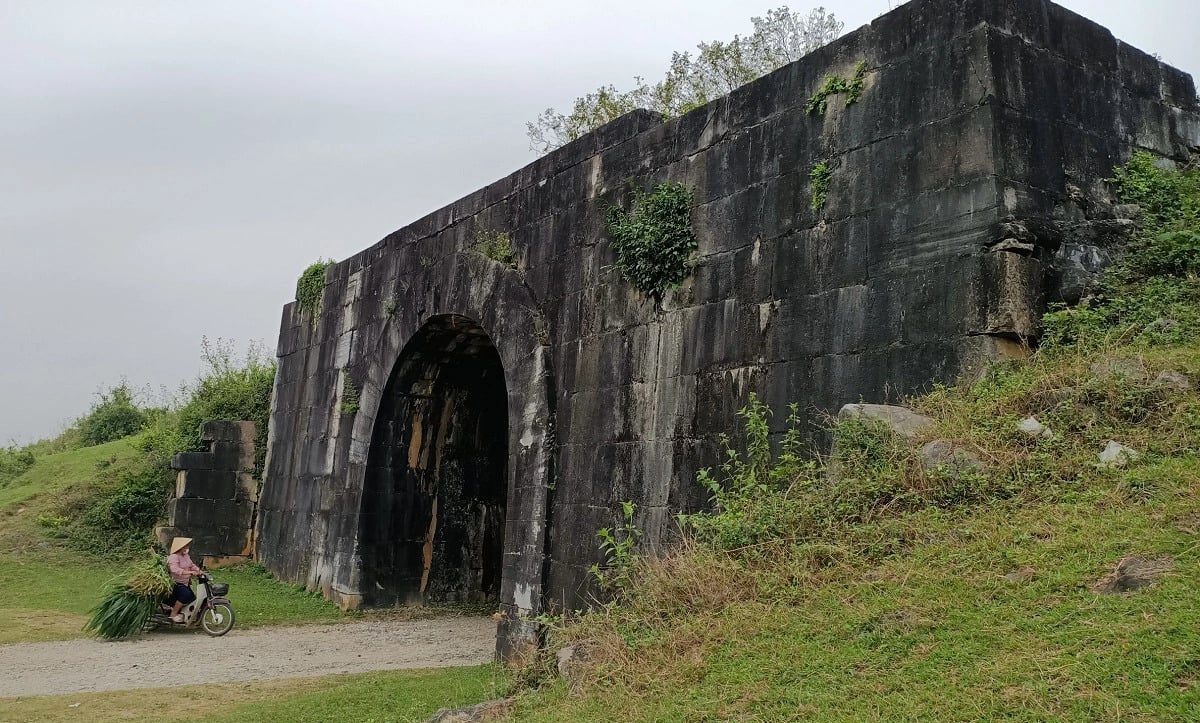

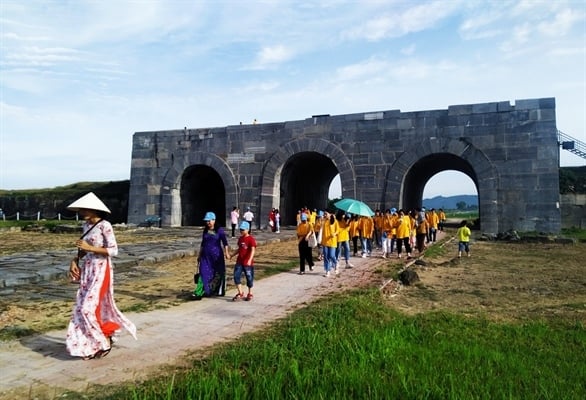

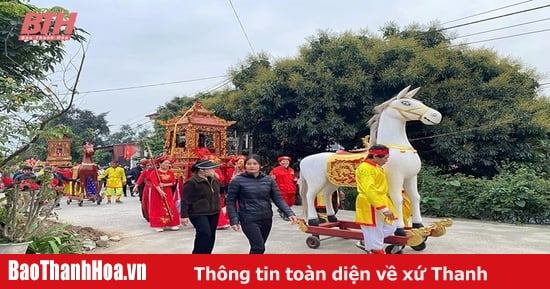

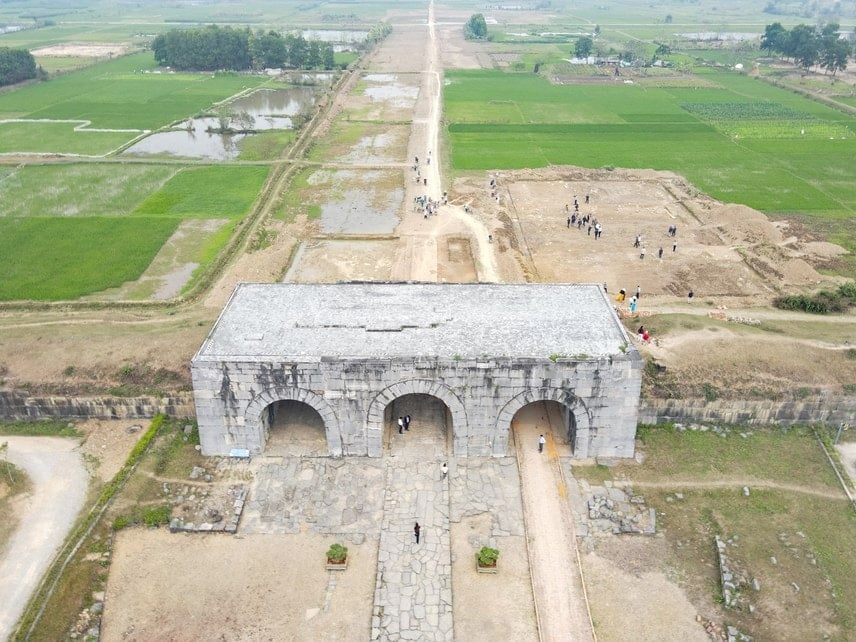

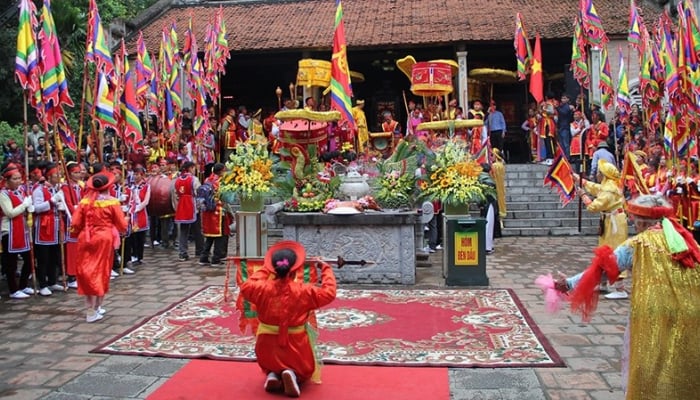

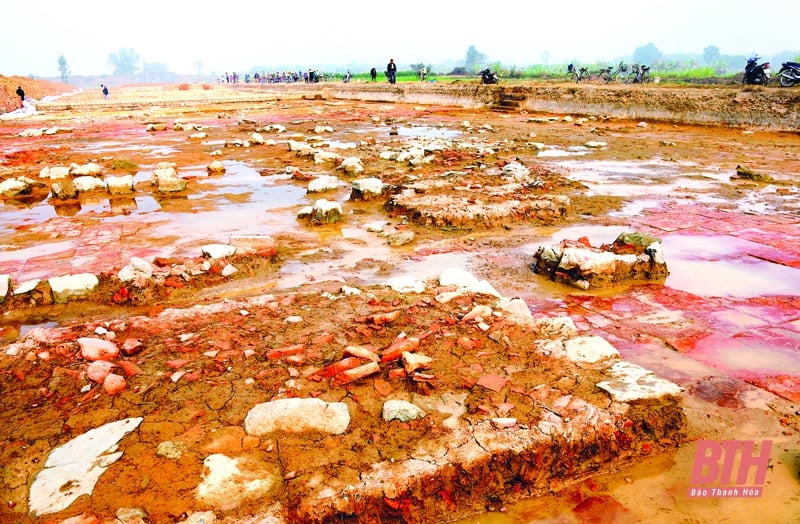
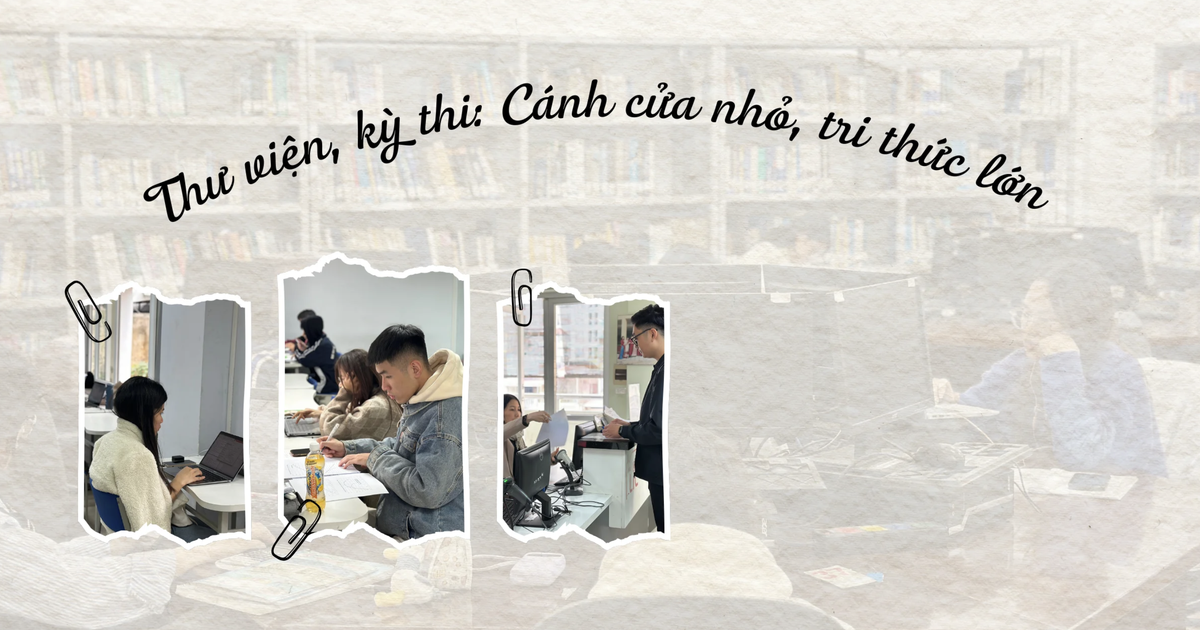
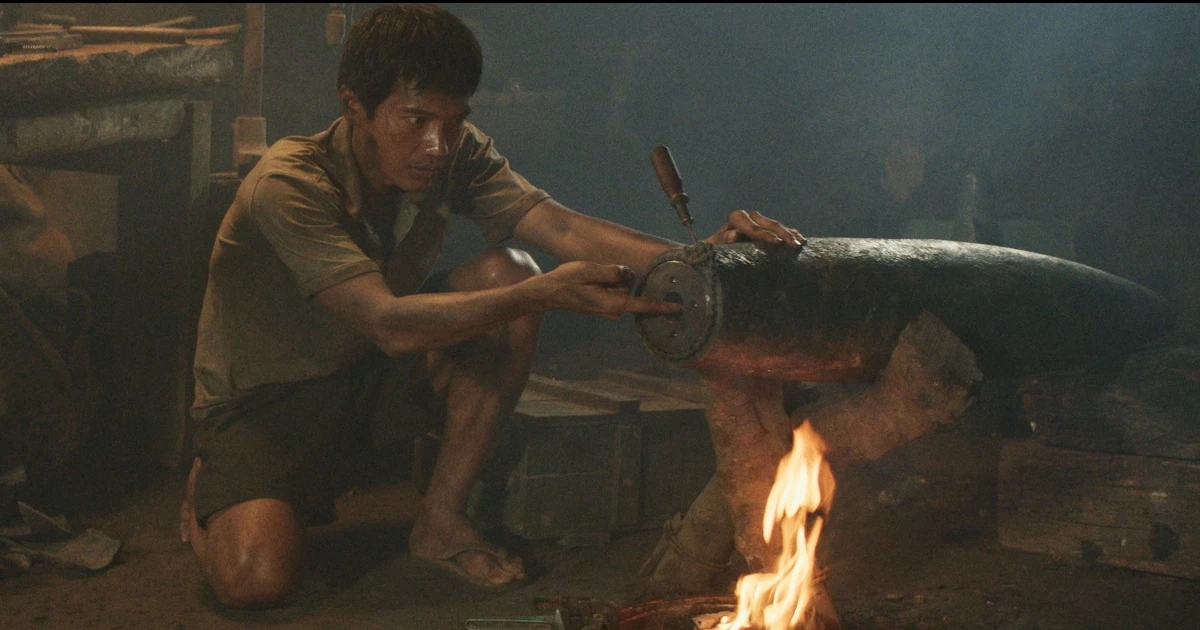
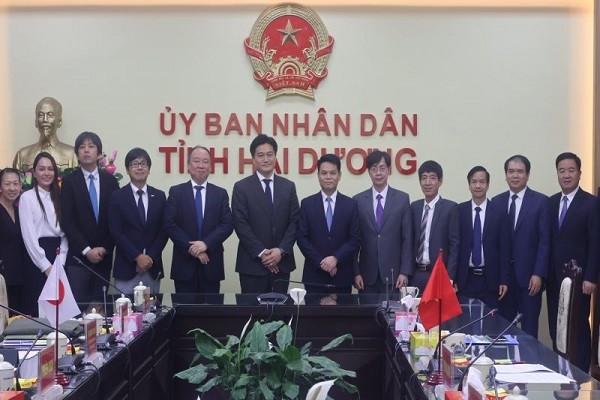







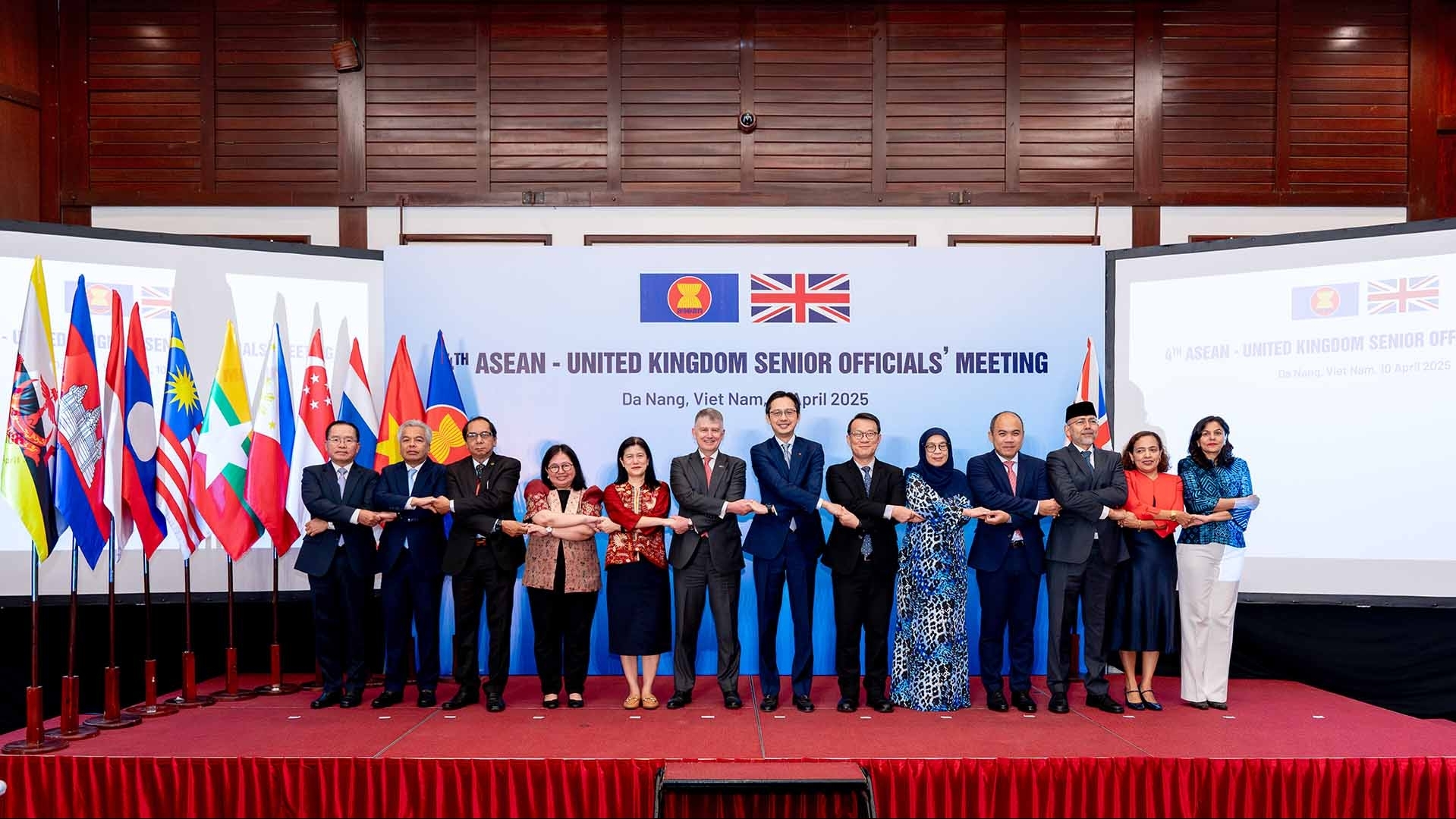
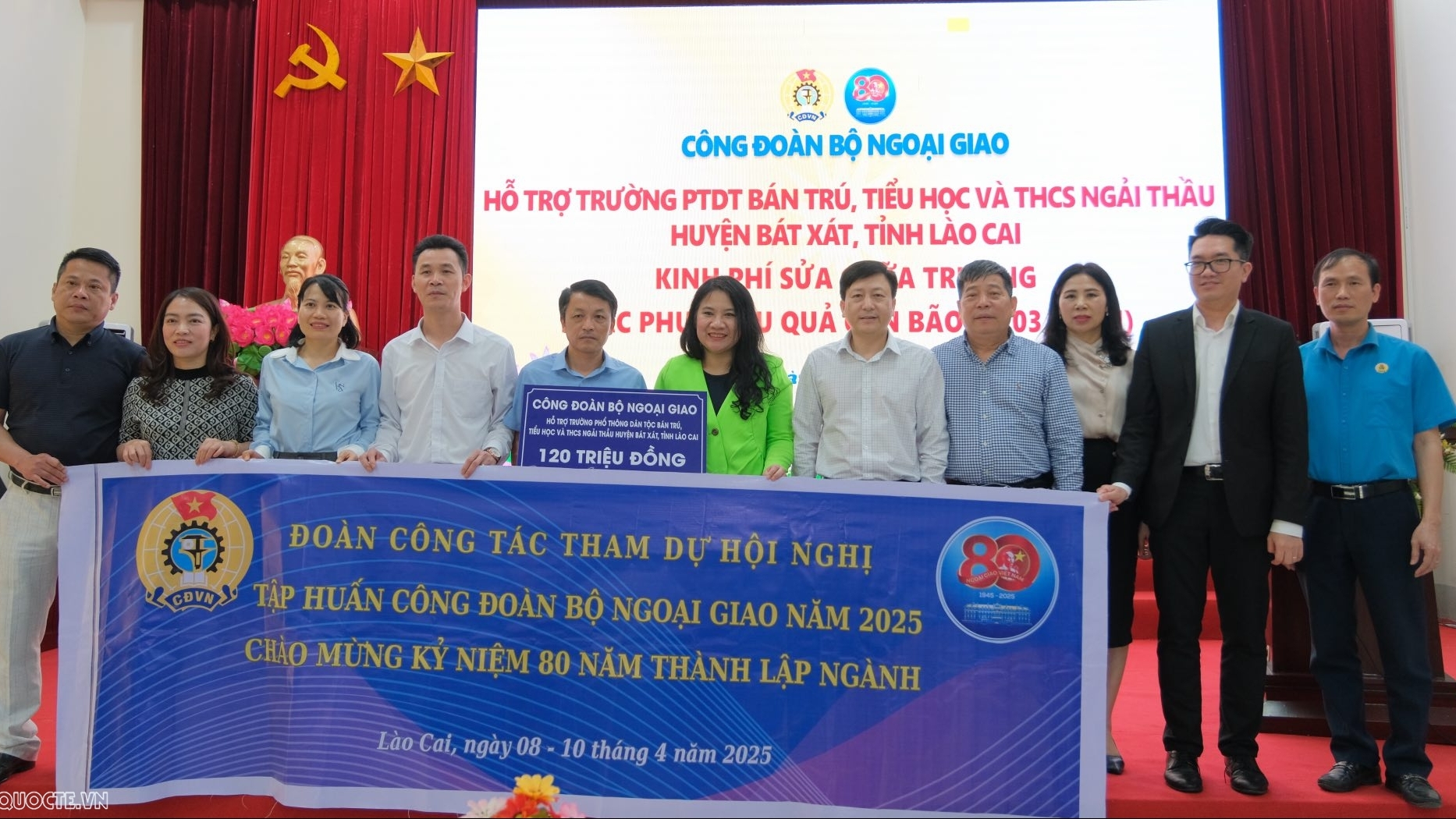

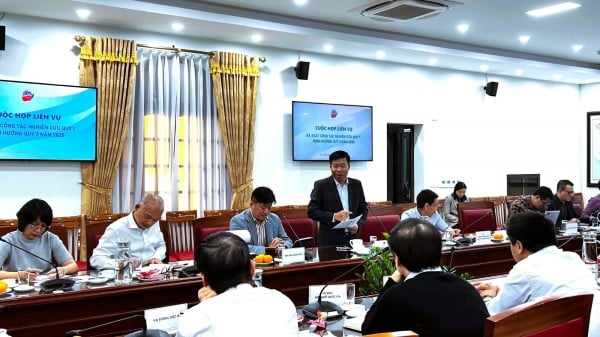
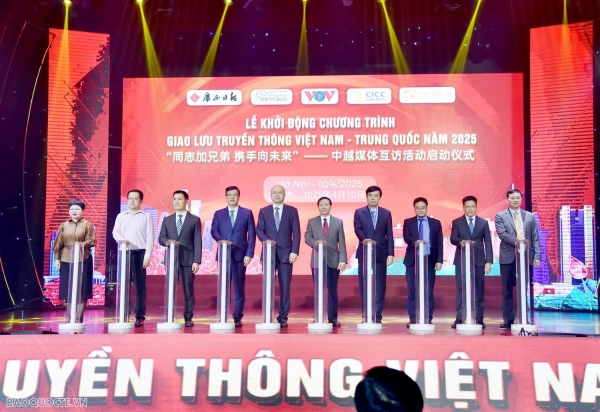



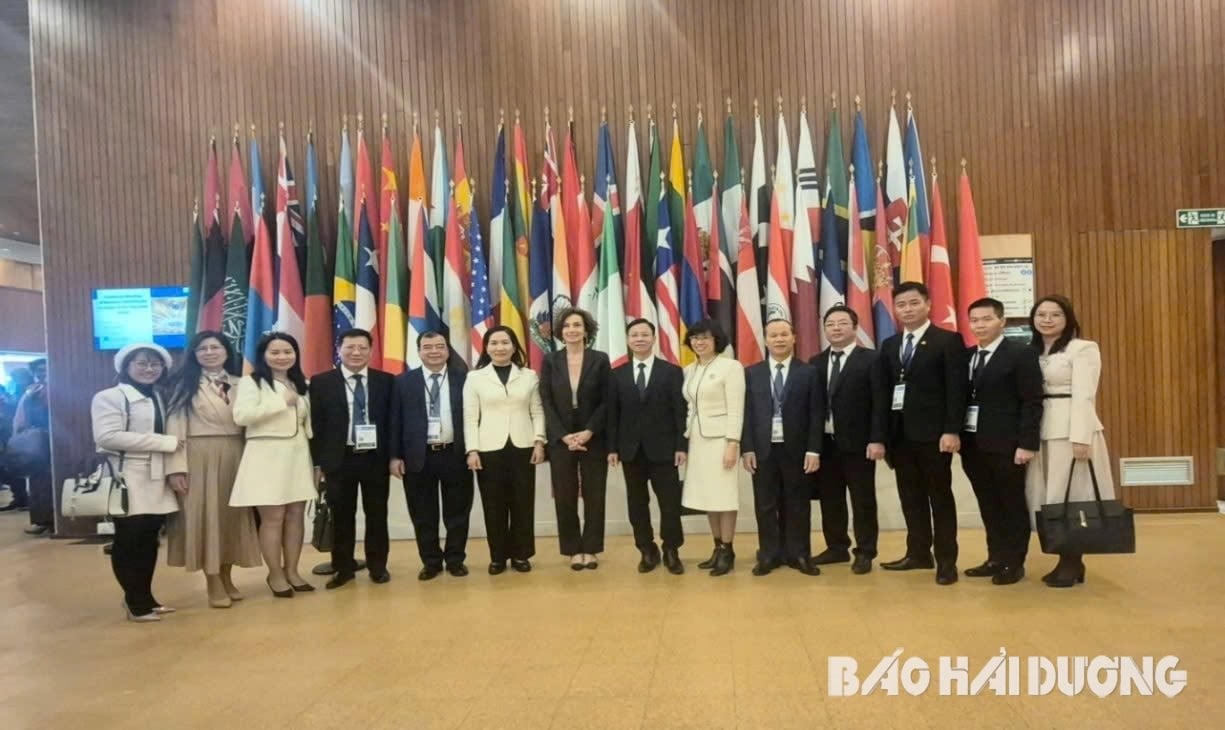










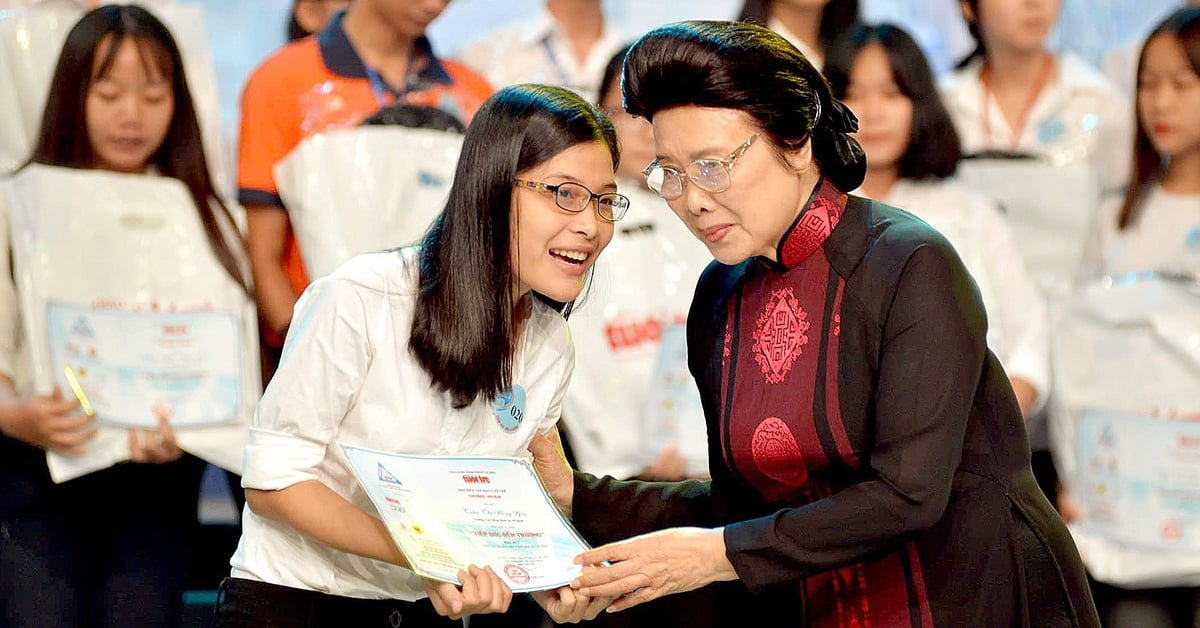









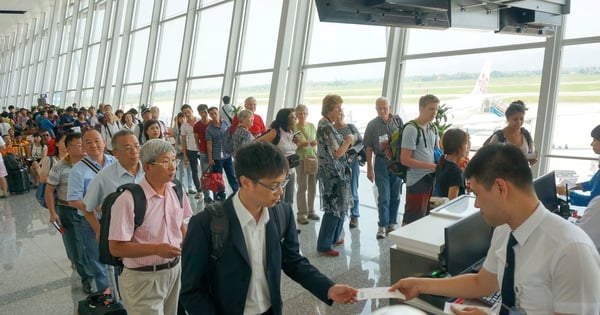


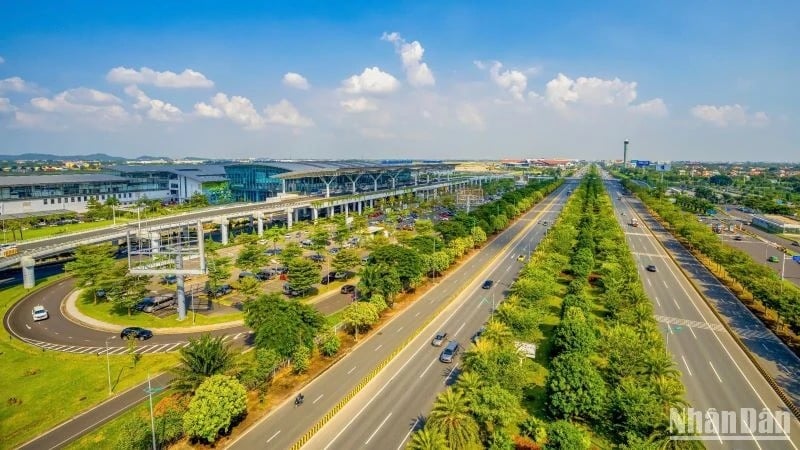



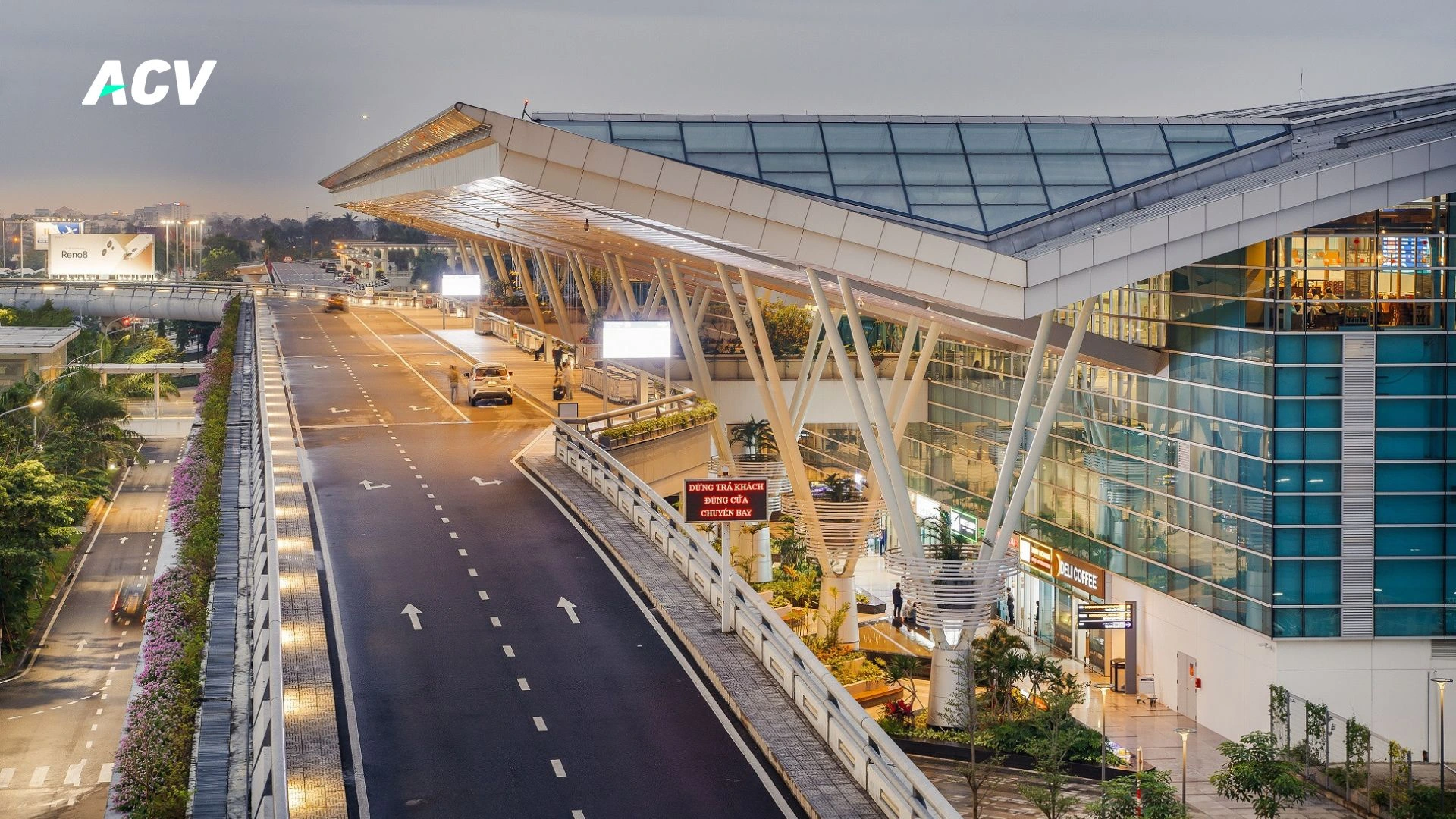

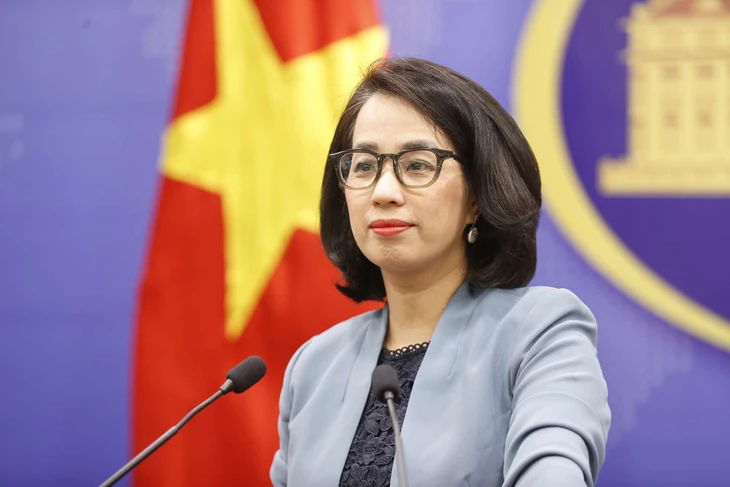

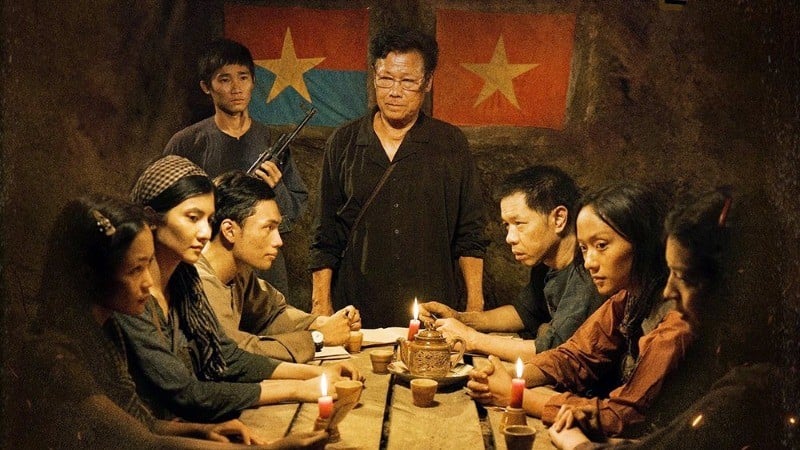



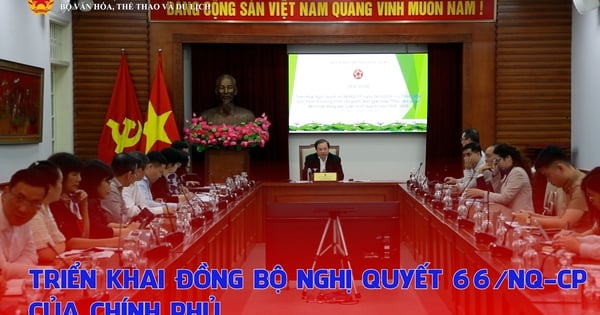

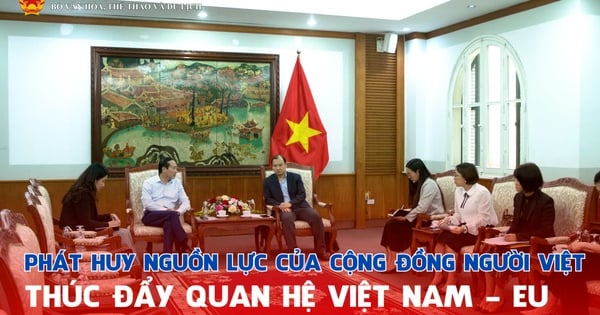




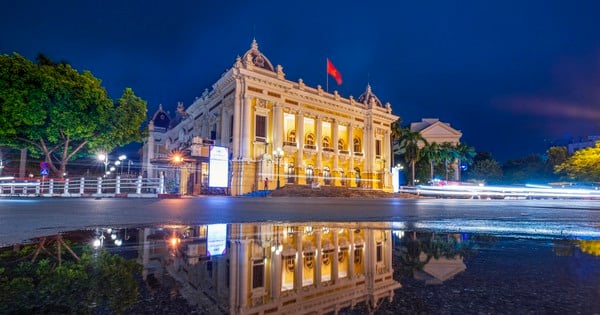

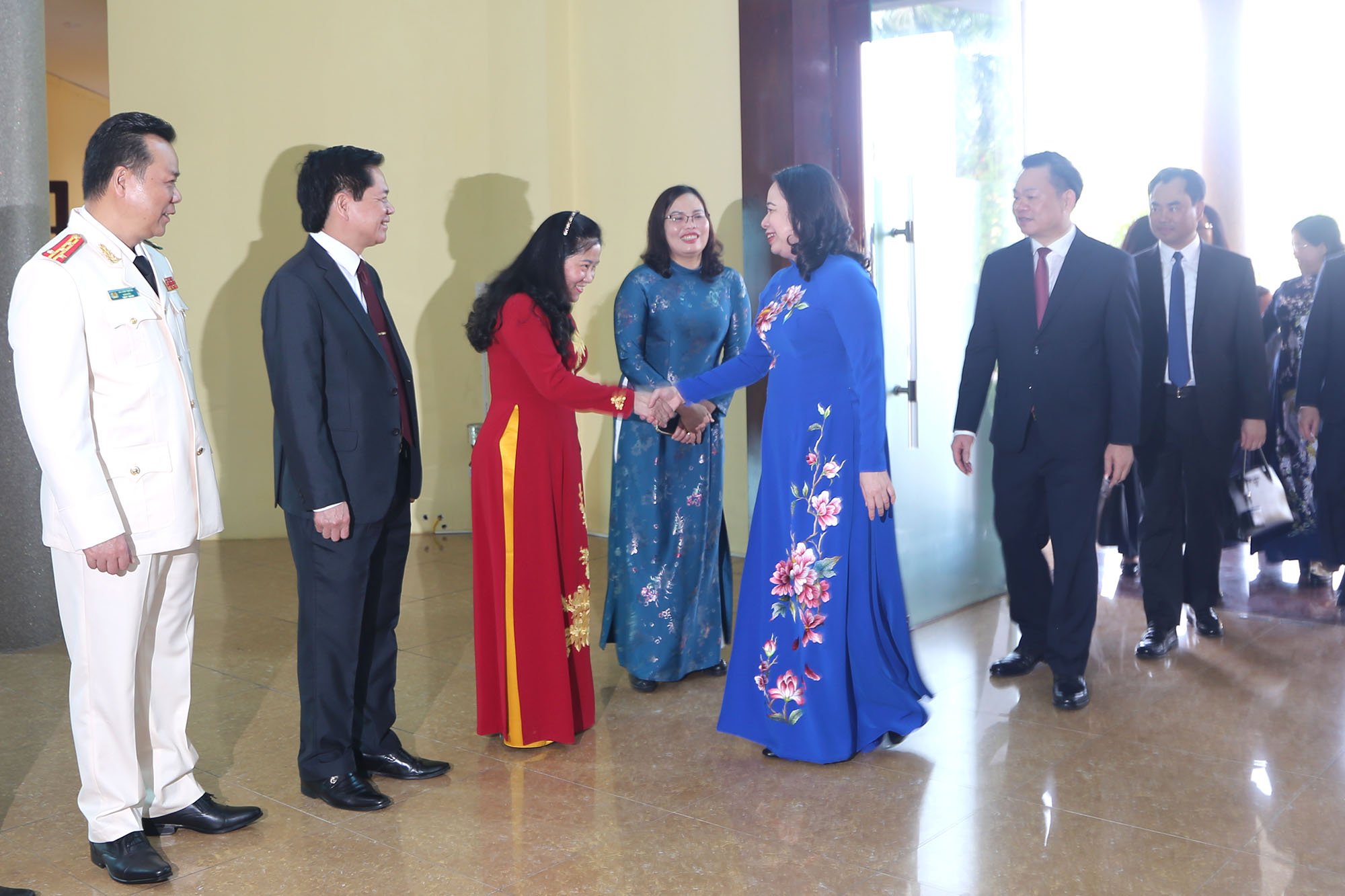

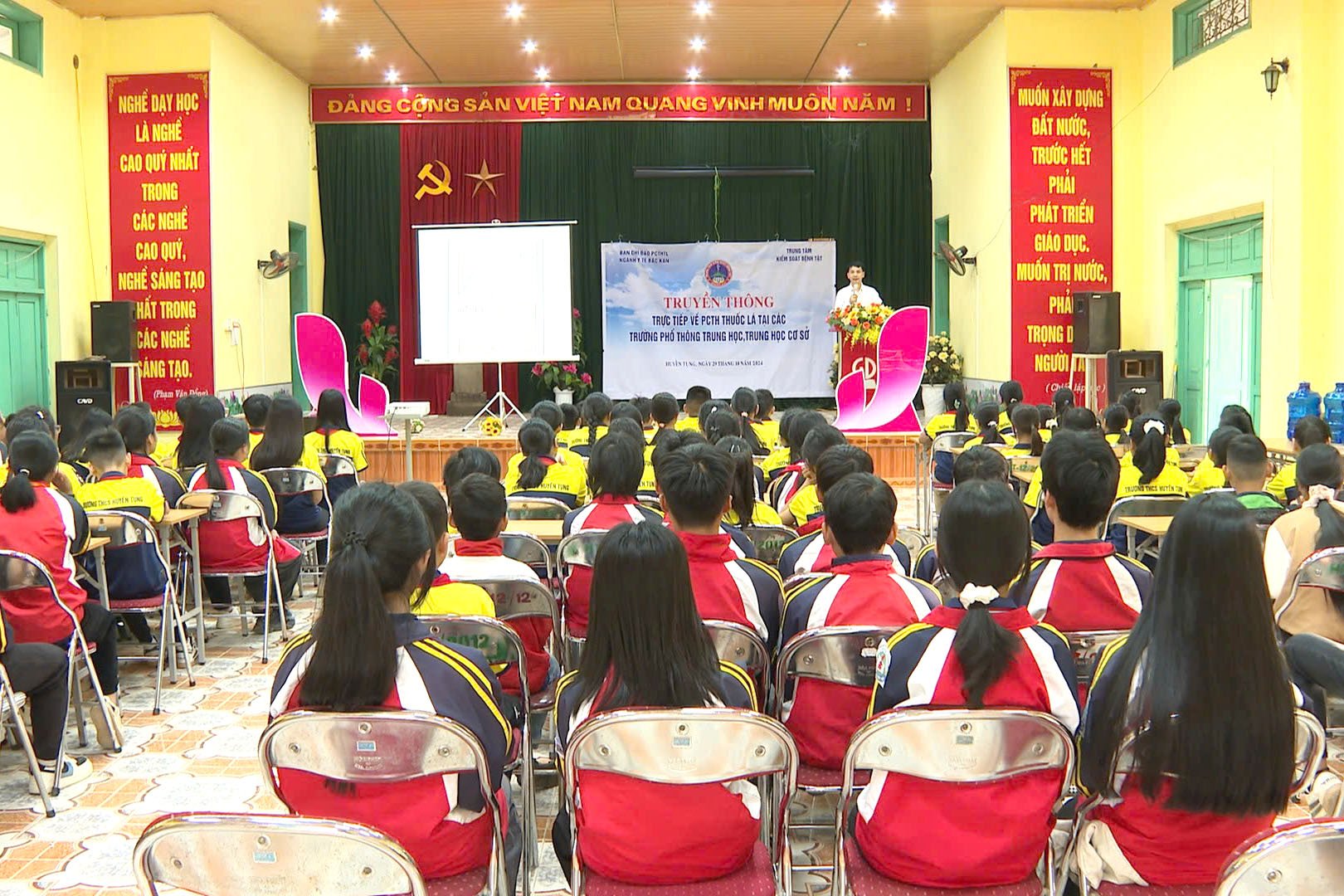
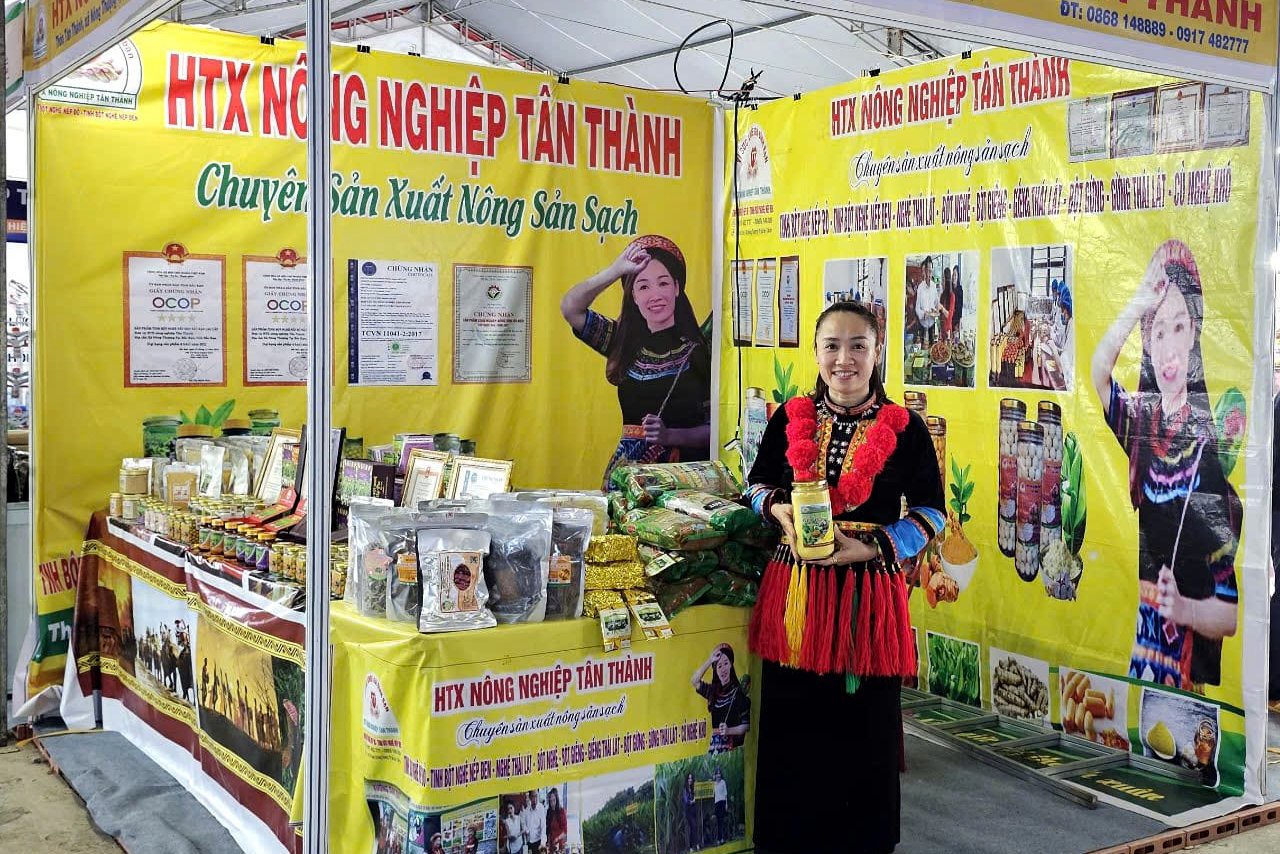
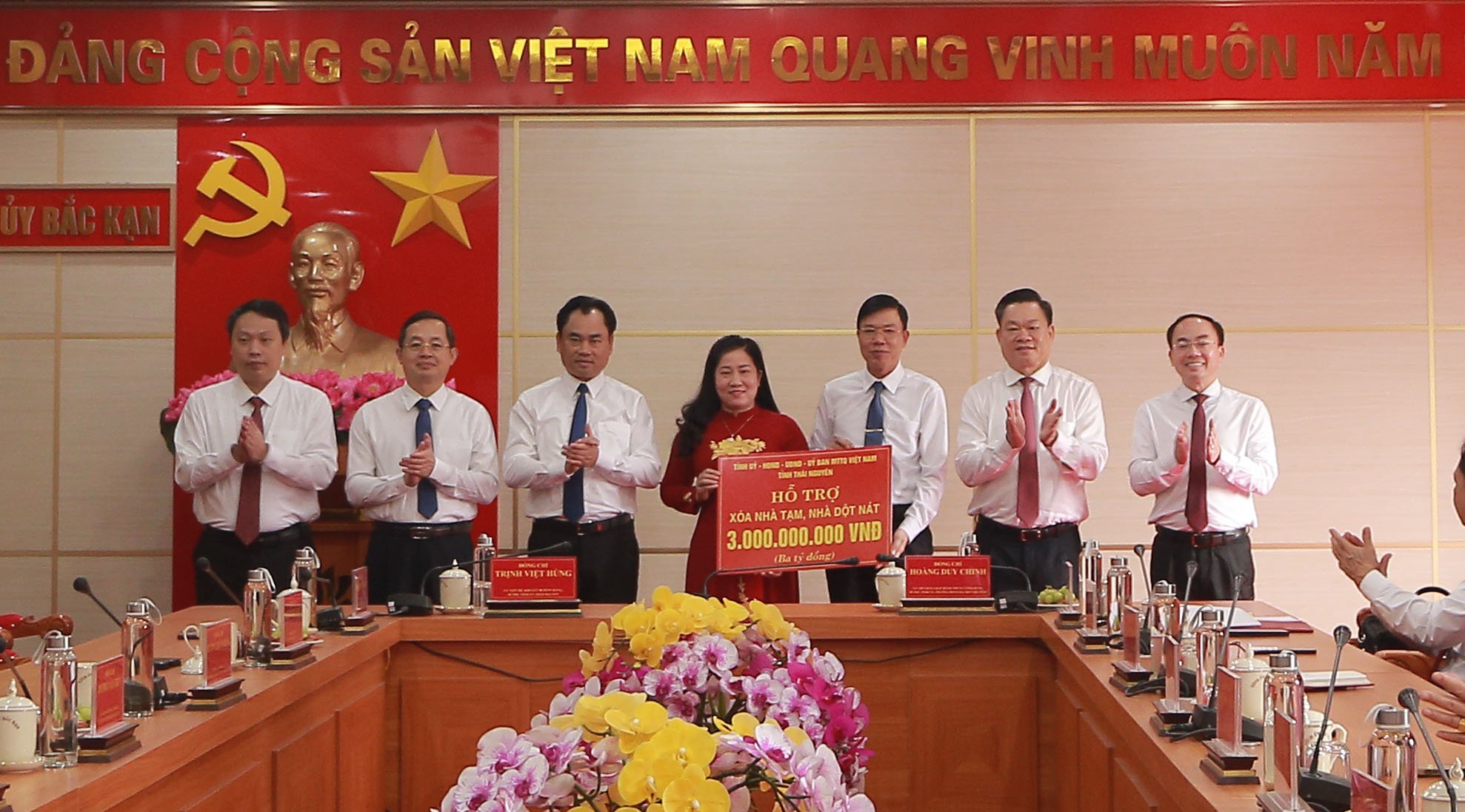

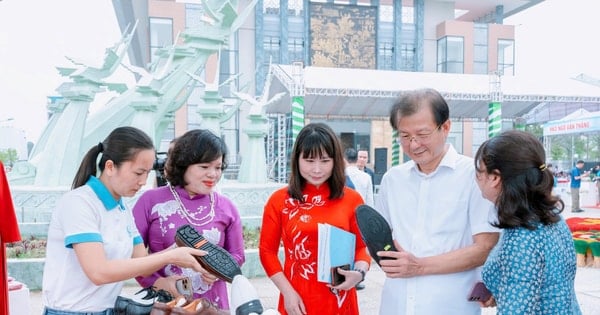



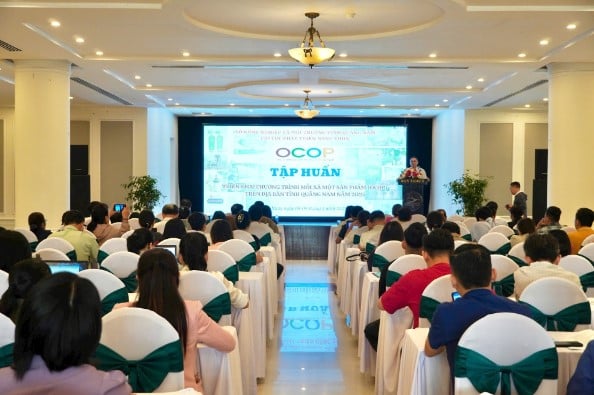

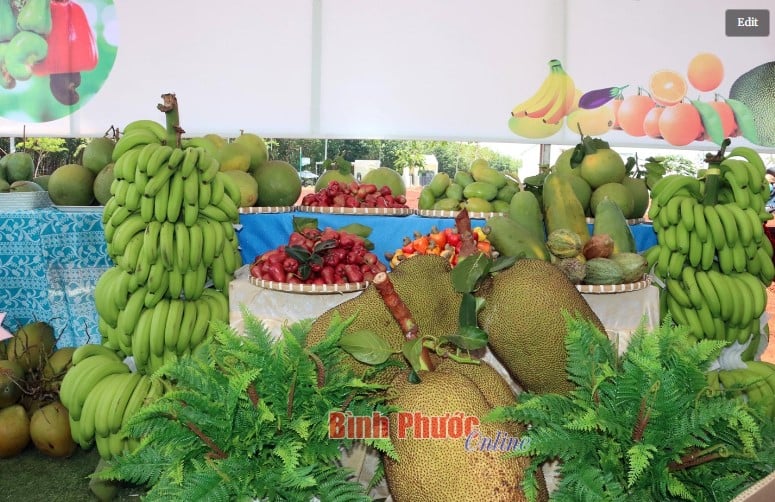
Comment (0)